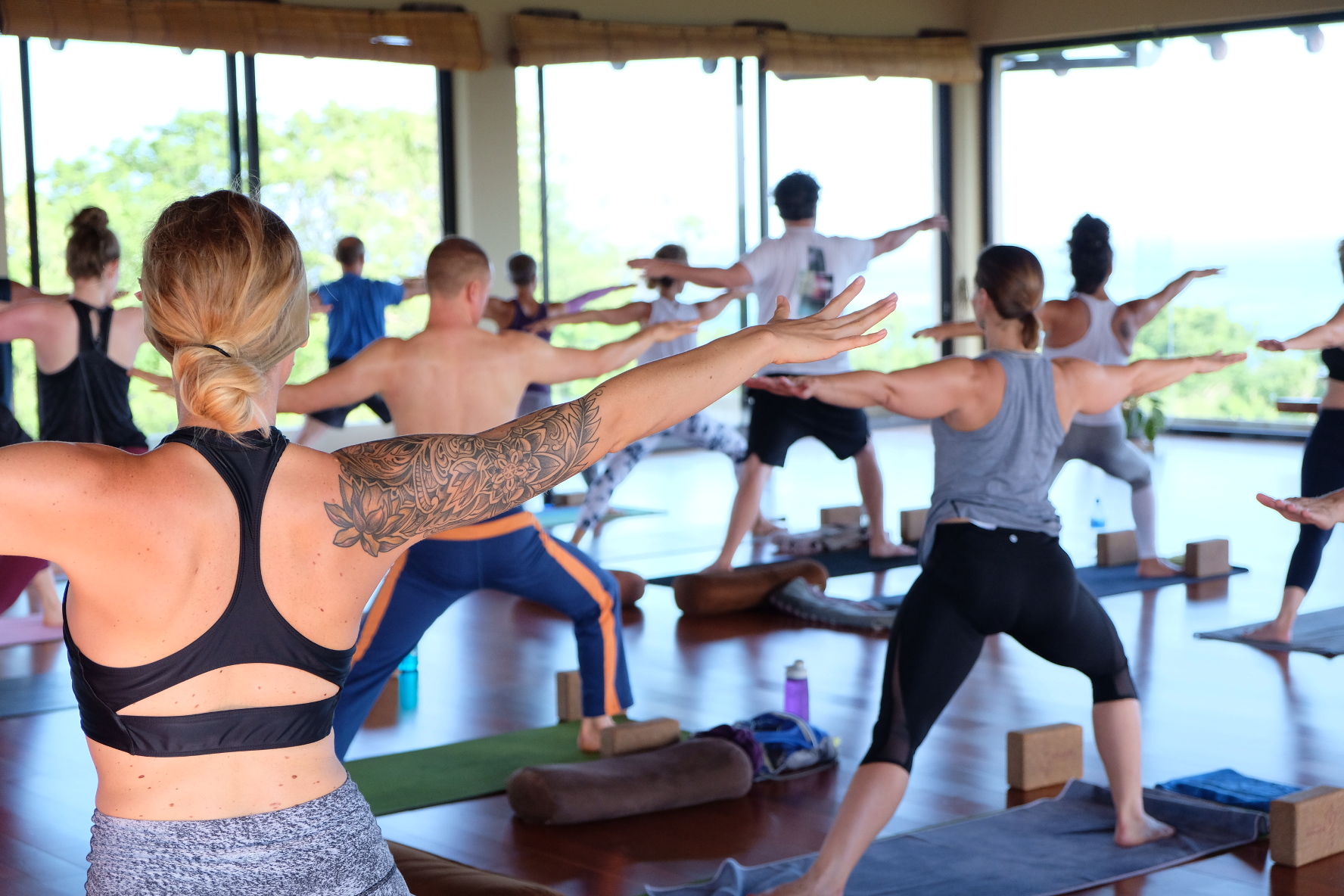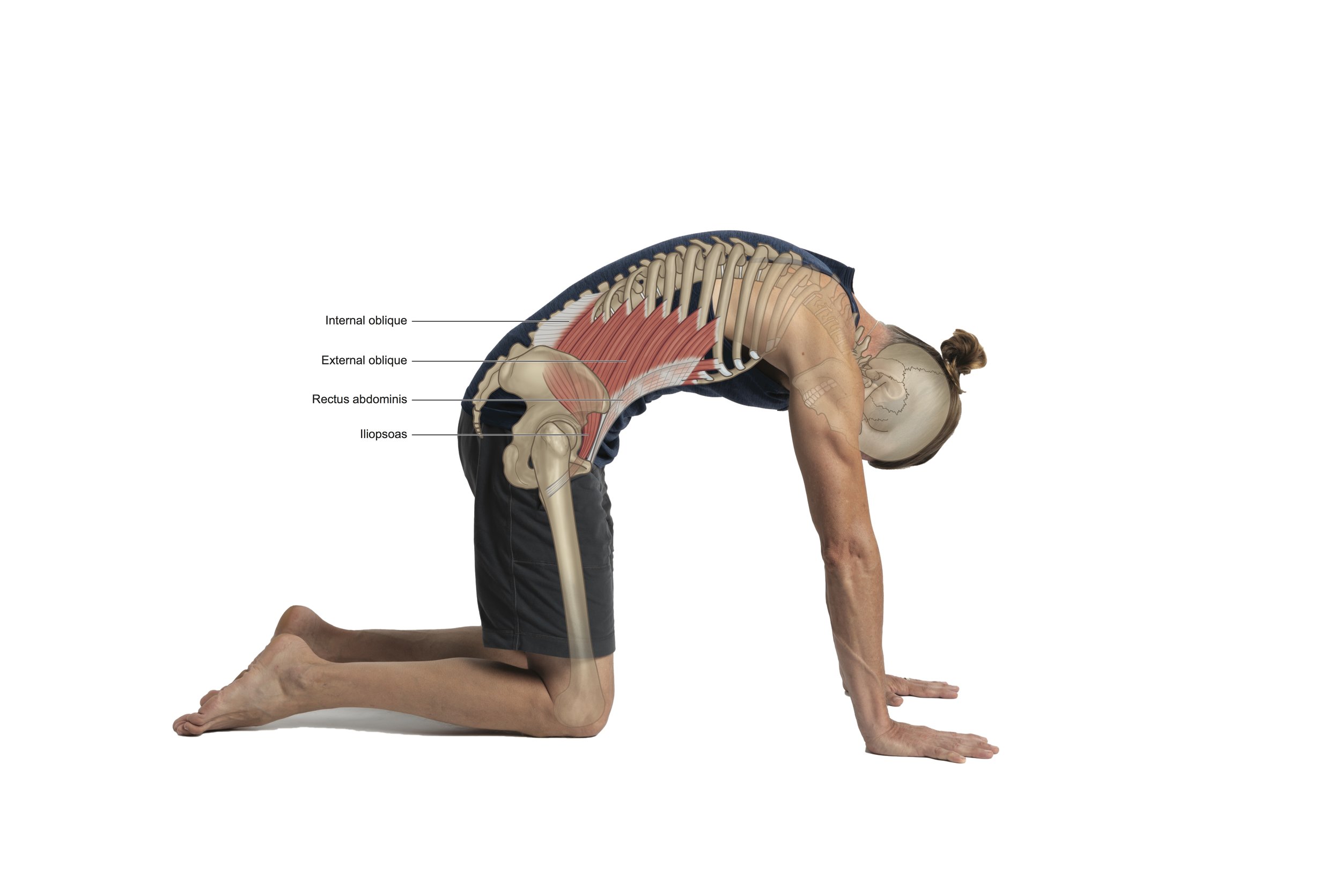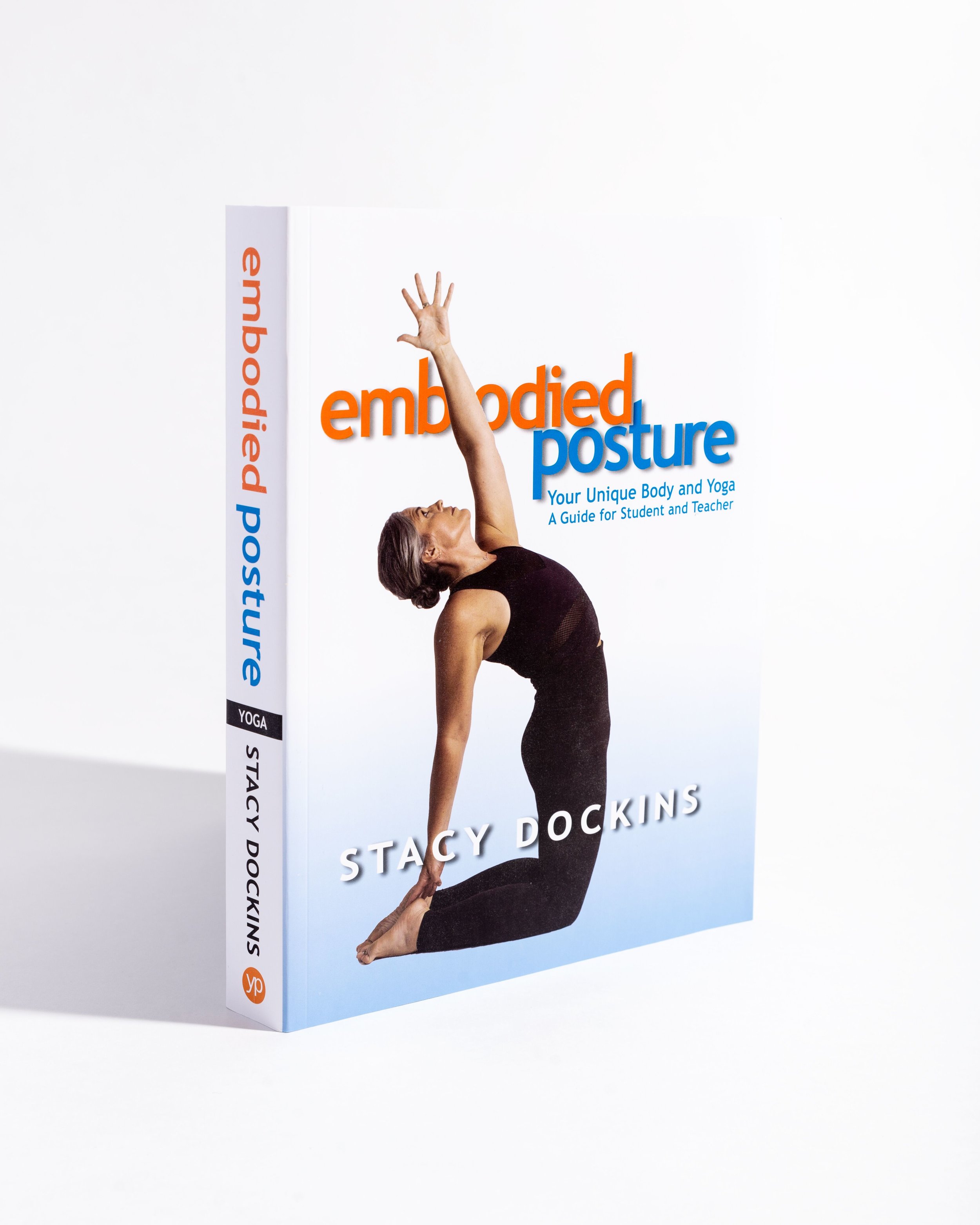Functional Yoga: All You Really Need to Know
Information about functional wellness is plentiful these days. Everywhere we look, someone has a new idea about how we should and should not move. The word "functional" is all the buzz right now in the fitness and wellness world. What does it mean to take a functional approach to your practice and what do you really need to know?
Let's look at the word functional first.
func·tion·al
/ˈfəNG(k)SH(ə)n(ə)l/
adjective
adjective: functional
1. of or having a special activity, purpose, or task; relating to the way in which something works or operates.
2. designed to be practical and useful, rather than attractive.
**source: Google Dictionary
Functional implies that something supports the effectiveness of how the whole works. When used with the word movement, it implies moving in a way that supports the wellness and movability of the whole body.
I also love the second definition above, "designed to be useful, rather than attractive." Whoa--this hits the nail on the head when we are considering what it means to practice functionally versus taking an aesthetic approach to our postures. If you zoom out to 20 years down the road, would you rather have spent decades on a practice that looked attractive or on one that was useful in supporting your ability to feel and be well?
Moving away from the need for our practices to be attractive is easier said than done. It is hard-wired into us to want to "look right" and to have a quality of attractiveness with anything we are doing. I’m certainly not saying that a functional practice looks unattractive! I happen to think that watching someone move in a way that is tuned-in, patient, and respectful is quite beautiful. It just takes a shift in the way we perceive yoga posture.
From Embodied Posture: Your Unique Body and Yoga
Rather than getting bogged down with too many details, keep these four things in mind to maintain a functional approach to your practice:
1. Mobility versus Flexibility
Mobility is the ability to move freely and easily (Google dictionary). In order to move freely and easily, you need a combination of strength, suppleness, balance, and coordination.
When referring to the body, flexibility is often equal to stretchability or suppleness. It is sometimes described as the ability to move a joint through a certain range of motion.
Consider the difference between a standing forward fold and standing upright while lifting your knee to your chest without using hands. We will consider specifically the action of hip flexion. The standing forward fold is an example of passive hip flexion in which gravity does most of the work for you. This would demonstrate your flexibility with hip flexion. Lifting your knee to your chest while standing takes a combination of your strength, coordination, balance, and suppleness. This is an example of active hip flexion in which you are moving against gravity and a good example of mobility. It is also what we might refer to as an active range of motion versus a passive range of motion assisted by gravity.
Mobility is what we need to move well in our bodies. Mobility is what will support you with squatting to lift and carry a big rock in your backyard or with lifting a baby carrier out of your back seat without wrecking your back. To be functional with our practices, our overall aim is mobility.
Yoga is often confused as the "get as flexible as you can" practice. This is understandable given the extremity of some of the postures. To do something like put your foot behind your head takes extreme stretchability in the soft tissues surrounding the hip as well as the freedom of movement in the bones and joint capsule. I don't know of any contribution to overall body function that "extreme stretchability" offers. As a matter of fact, excessive flexibility is often correlated with injury, degradation, or connective tissue disorders. A solid yoga practice does not require that you do postures that require this extreme stretchability.
Why do we stretch in yoga? How much suppleness do we need? And is stretching the right word? I like to think of it as regaining natural movability. Soft tissues can lose their suppleness for many reasons, limiting our ability to move freely and sometimes causing rigidity and pain. From my experience, we only need enough "stretch" to: 1) offer a little healthy stress to the tissues, 2) re-pattern the somatosensory nervous system to consciously activate and release these forgotten areas, and to 3) regain our natural, full ranges of motion.
As you approach your mat, be curious about which movements encourage excessive flexibility. Be curious about what mobility feels like compared to stretchability. Once you begin to tune-in and feel, your practice will become more relevant and supportive of long-term functional wellness.
2. Variability
Our bodies and brains thrive on variability. The neuroplastic nature of our brain loves new, different, and even awkward situations! Too much repetitive motion can be degrading to our bodies. Yoga can have the tendency toward repetitiveness if we don't intentionally hold this within our awareness. I want to be clear that this isn't a case for always needing exciting, fancy sequences or postures just for the sake of it. I see this too often in yoga classes--poses and sequences being dumped or thrown out just for the sake of being creative. The key is to have intentionality behind what you are teaching or practicing. Know why you are doing what you are doing. If your practice has a lot of forward folding, consider how you could change this. You could either 1) fold less, or 2) change up how you are folding--Do you always fold deep? try only going halfway. Try varying degrees of knee bend or use blocks under your hands to minimize hip flexion. If your practice involves sun salutations, try a slightly different variation. Do you always shift forward in low push-up? See how it feels without the shift. If it feels awkward, you are on to something! Do you do lots of yoga? Add in other physical activities and see how your body responds. Change it up. As you approach variability, remember that you are exercising your brain as well as your body. Slow down—give your brain time to register what is happening.
3. Bio individuality
Your body is unique. Your poses will probably not look like the cover of Yoga Journal. Your teacher will not always know what is best for your body. It is up to you, the practitioner to tune into what you are feeling. My book, Embodied Posture: Your Unique Body and Yoga is a comprehensive resource for yoga teachers and practitioners to learn about their bodies, bio individuality, and navigating the sensory experience of movement. Learn how to feel the inner experience of the pose. Is there excessive tension, pinching, pulling, pain? Explore and adjust. What does it take to shift the sensation? Learn to embrace your uniqueness.
4. Have Fun
With so much information about the injurious side of yoga, it could be easy to slip into a fear-based approach to your practice. That's no fun, nor does it support your wellbeing. The mental and energetic states that we cultivate with movement are just as beneficial as the mechanics of the movement. Keeping it playful and joyful also lends to our being more present with what we are doing. Our bodies are miraculous machines that are designed to run, jump, twist, and fold. Celebrate this fact!
Stacy Dockins
Author of Embodied Posture: Your Unique Body and Yoga / Available on Amazon in paperback and Kindle
Co-owner and Director of Teacher Trainings for Yoga Project Studios



